Throughout the vast expanse of human history, the essence of daily existence has spun around the rigid pursuit of survival. Aiming to see another day’s light. Humanity honed an impressive array of skills throughout millennia, a testament to our adaptability and strength.
These competencies, however, were not the specialized “survival skills” we often think of today. Rather, they formed what our predecessors called “daily life.” Below, you’ll find a list of crucial forgotten skills. Some date back to ancient times and others more recent. All instrumental in our forebears’ struggle for survival—skills that, in many ways, have faded.
1. Composting
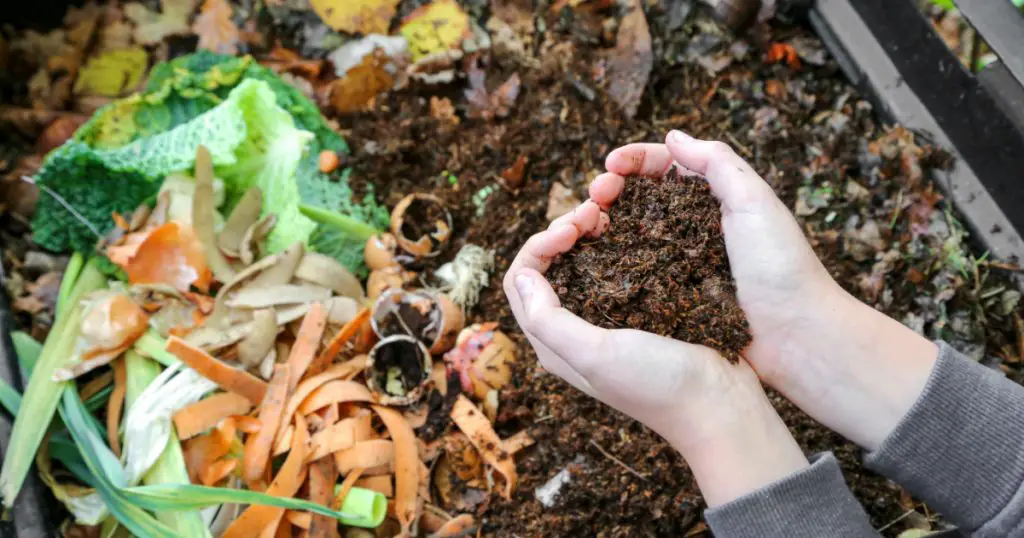
Composting, one of the age-old life-lost skills, is experiencing a revival and can trace its roots back to the ancient Mesopotamian Valley. The practice of food composting has seen a notable uptick, with the volume of composted food rising from 1.84 million tons in 2013 to 2.1 million tons in 2015. This trend shows a growing commitment among individuals to protect the environment and foster the cultivation of organic produce.
2. Leatherwork
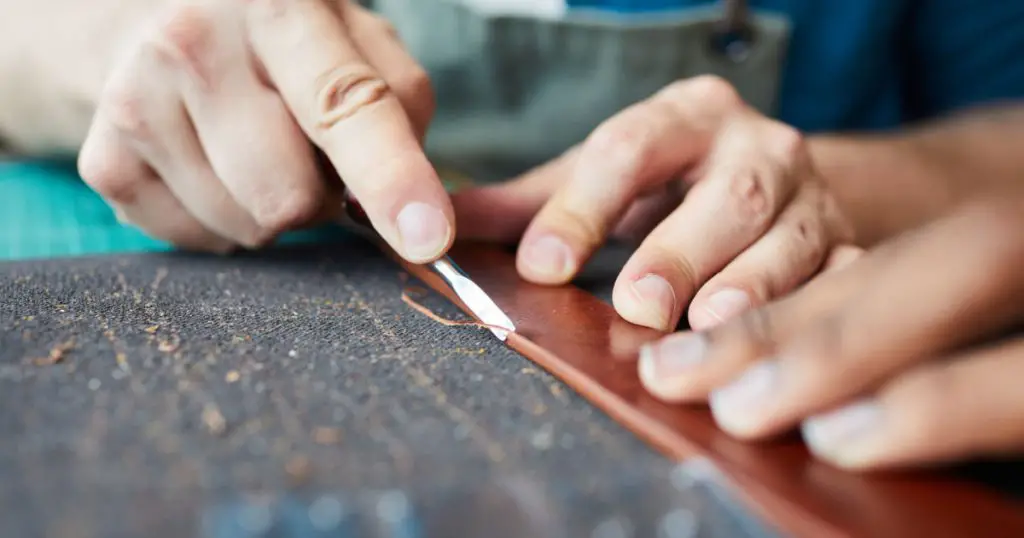
Leatherworking is a craft that displays a unique fusion of physical and mental concentration. It’s an art form entwined with industry, urging a unified balance of strength and finesse. Additionally, as more individuals seek clarity regarding the origins of their leather goods, crafting their belts and purses allows them to entirely research the leather’s source. This is precisely why leatherworking has emerged as one of the resurging life skills in recent times.
3. Embroidery – one of the lost skills making a comeback
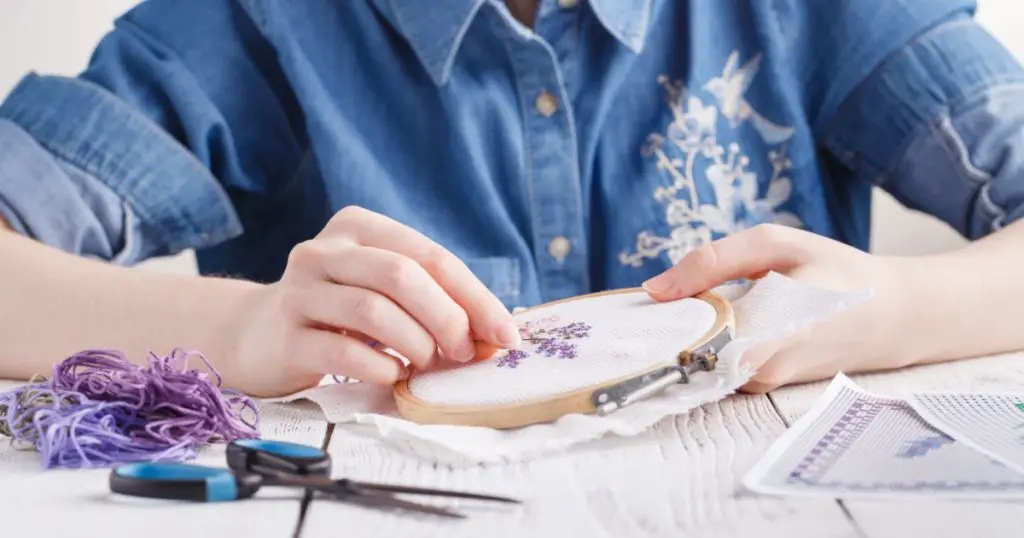
Instagram has become a treasure trove of embroidered masterpieces. Embroidery is making a remarkable rebirth among life skills, but this isn’t your grandmother’s needlework. Instead, it’s a vibrant and modern art form.
On Instagram, you’ll find a diverse array of embroidered creations. It features scenes from beloved pop culture wonders like Harry Potter, bold and wicked expressions, and sleek and modern geometric designs. This revival in embroidery is all about mixing tradition with a fresh and exciting twist.
4. Butchery
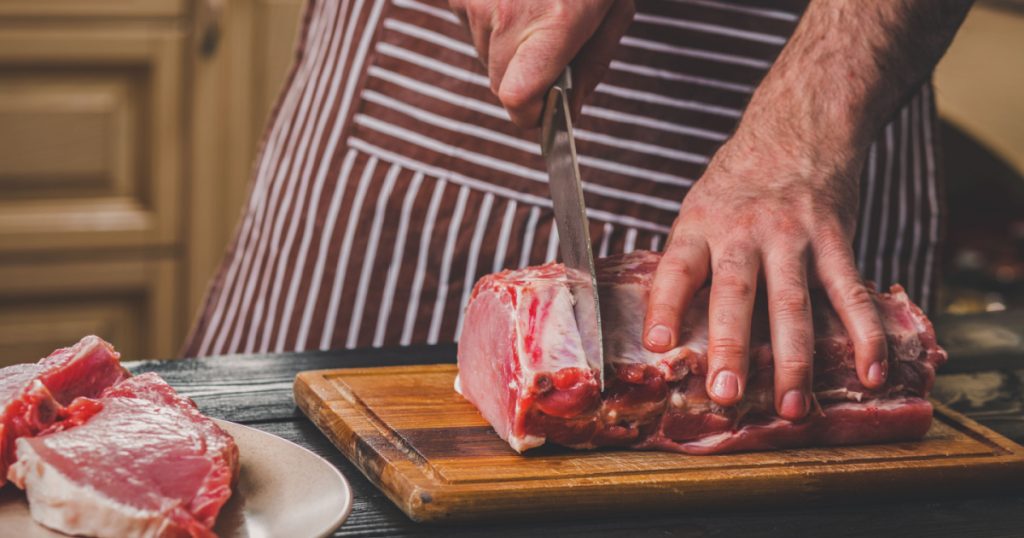
The revival of interest in butchery can largely be attributed to the internet. Platforms like Twitter and Instagram are now awash with enticing images of tasty meat cuts. Simultaneously, there’s been an increase in physical and online places offering top-quality meat cuts nationwide.
In this digital age, people are increasingly curious about the origin and production of their meat. Driving a desire for clarity in the process. This interest not only inspires individuals to make informed choices when buying meat but also encourages them to explore and even embrace the lost skills of butchery.
5. Taxidermy – one of those lost skills frowned upon by some, loved by others

Taxidermy, often viewed as one of the more “scientific” ancient life skills, is experiencing a revival in a more ethical and moral form. Contemporary taxidermists are practicing what is known as “ethical taxidermy.” You may wonder what the actual difference may be.
Unlike traditional taxidermy, which might involve hunting and killing animals for display purposes, ethical taxidermists only work with specimens that have met their demise through natural or accidental causes. This approach aligns with a growing concern for animal welfare and ecological acuity. Making taxidermy a more responsible and sustainable art form in the modern era.
6. Sewing
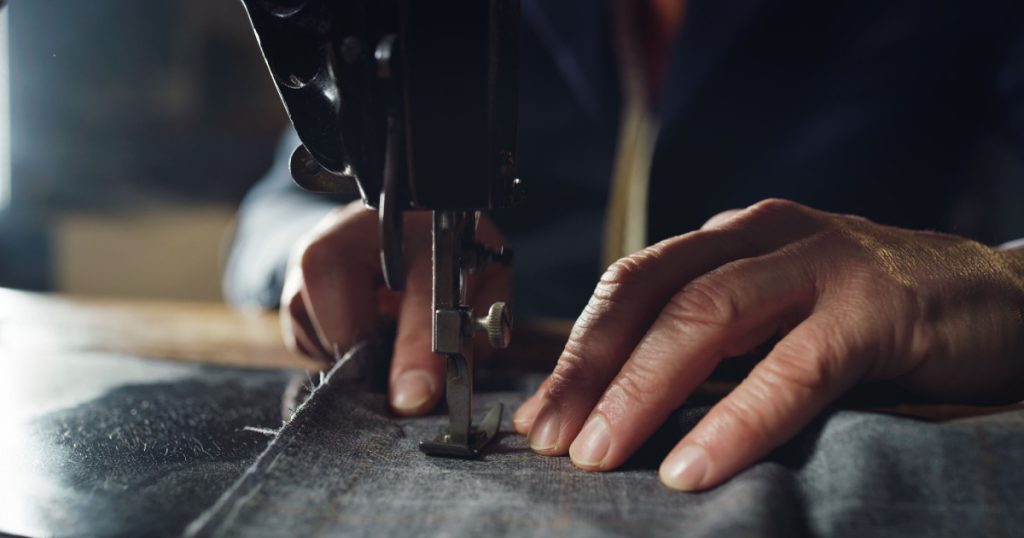
The frustration of paying absurd prices for subpar designs and ill-fitting attire has fueled a rebirth in sewing. Making it one of the major lost skills coming back. A growing number of DIY fans are taking matters into their own hands, crafting their clothing from premium materials.
This shift towards sewing ensures that the resulting attire is not only of superior quality but also boasts a tailored fit. Offering longevity and a more lovely wearing experience. It’s a movement driven by the desire for both value and identity in fashion.
7. Handwritten Letters

In the email and digital communication age, traditional snail mail has taken a backseat. However, there’s a growing desire for the unique and sincere experience of receiving a handwritten letter or postcard in the mail. Who doesn’t get excited when receiving a special letter?
As a result, more individuals are rediscovering the art of letter writing and embracing it as a means to convey personal views and establish a deeper, more telling connection. This revival in handwritten letters is a testament to the lasting charm of a real, heartfelt message sent through the postal service.
8. Woodwork – one of those lost skills we so desperately need to make a return

The do-it-yourself trend has ignited a renewed interest in woodworking, with life skills such as crafting wooden creations making a comeback. Across generations, the knowledge and expertise of woodworking are being shared and passed down and allowing individuals to take pride in crafting pieces with their own hands.
Hobbyist artisans are now fashioning diverse items, from tables and chairs to bookshelves, adding a personal touch to their living spaces. Additionally, platforms like Etsy and Facebook Marketplace offer a marketplace for these skilled woodworkers to show and sell their handcrafted wares, further fueling the revival of this timeless craft.
9. Calligraphy

Calligraphy, an age-old art form, experienced a period of relative obscurity. But it is now undergoing a revival, largely thanks to platforms like Instagram and the influence of stars like Meghan Markle. The agile flow and rhythmic movement of calligraphy have thrilled millions of social media users, who describe it as “mesmerizing” and “lovely.” This newfound desire has inspired many to take up calligraphy themselves, breathing fresh life into this beautiful and timeless craft.
10. Film Photography

While digital cameras have undoubtedly simplified photographers’ work, there’s a growing trend among photographers to revisit the traditional lost skills of film photography. Kodak Alaris, the company that bought Kodak’s film divisions, has reported a notable increase in film sales over the past two to three years.
This revival is largely due to professional photographers reviving their passion for the vintage art form of film photography. Despite the ease of digital technology, many photographers are drawn back to film’s unique qualities and artistic options.
11. Cycling or walking to and from places

In a world where environmental concerns and carbon emissions are vital, the act of using one’s own legs instead of a car has evolved into a valuable life skill. A growing number of individuals are opting for walking and cycling as their modes of transport in urban areas.
To support this trend, many municipalities actively install dedicated bike lanes to house and promote sustainable commuting. An impressive 84 percent of the 70 largest cities have seen a notable increase in the bulk of cycling for daily commuting over the past 12 years.
This shift toward pedal power is a testament to the growing consciousness about environmental sustainability and a desire to reduce the ecological footprint associated with traditional car travel. However, one needs to be safety aware and not walk or cycle necessarily in more dangerous areas.
Read: Millennials Are Signing Up For ‘Adulting’ Classes To Learn Skills Like Cooking And Budgeting
12. Blacksmithing
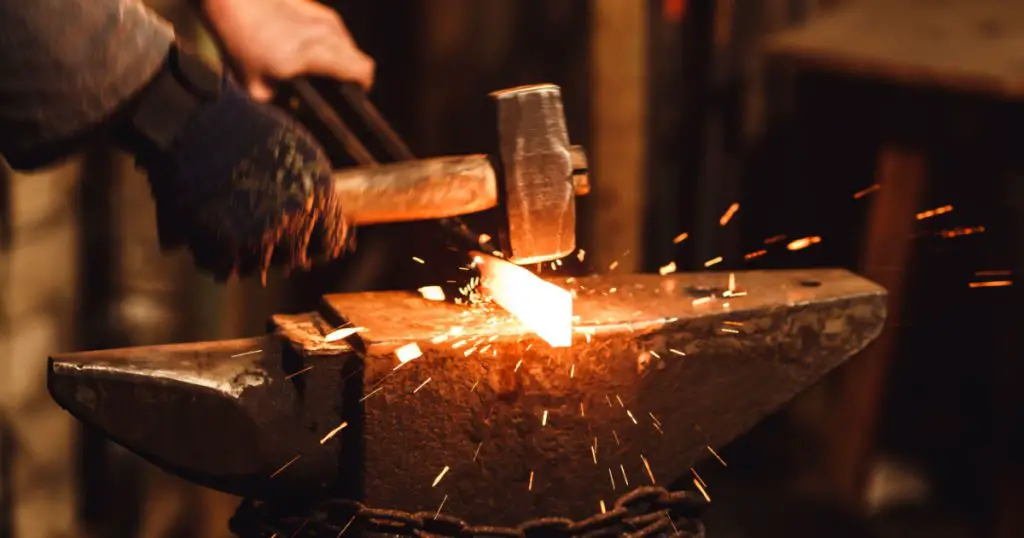
The rage of television shows like Game of Thrones and Lord of the Rings has played a role in reviving clearly ancient life skills. Many individuals, inspired by these epic fantasy series, have turned to online resources such as YouTube videos, online classes, and apprenticeships to learn blacksmithing.
However, today’s hobbyist blacksmiths often focus on creating complex replicas of weapons and armor from these shows rather than the more practical tools of the trade. This revival shows the power of pop culture in reigniting interest in ancient skills and making them relevant in the modern world, albeit with a creative and clever twist.
13. Thrifting

The art of thrifty shopping, often called “thrifting,” and the ability to score great deals are making a trendy comeback. Online platforms such as Craigslist and Facebook Marketplace have revolutionized how people acquire vital household items, such as appliances and furniture, at cheaper prices.
What was once considered shameful or tacky, such as wearing hand-me-downs, has undergone a significant shift in perception. Today, embracing pre-owned and second-hand items’s become a trendy and eco-conscious choice. Aligning with a growing desire for sustainability and cost-effectiveness. Thrifting has evolved from a budget-conscious need into a stylish and socially responsible way of living.
14. Knitting and Crocheting
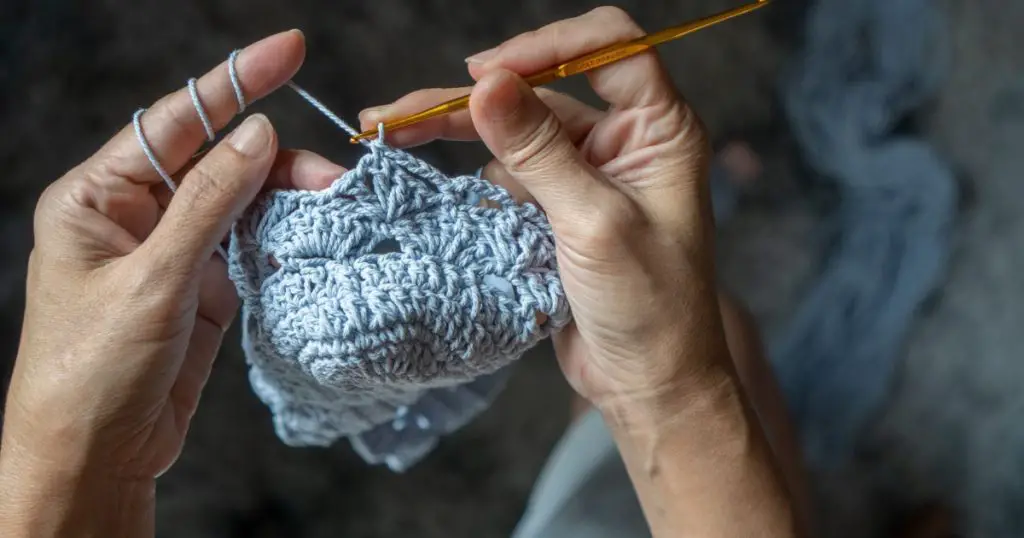
Knitting and crocheting, once vital, now lost skills for clothing families, have changed into fun and creative pastimes. Today, many individuals engage in these crafts purely for the pleasure they provide and to fashion trendy clothing items and accessories.
Moreover, some have turned their skills into small businesses, selling their handmade creations online and at flea markets. This growth highlights how these age-old skills have found new life as hobbies and entrepreneurial ventures, emphasizing the ongoing appeal of handcrafted items in the modern world.
15. Pickling produce – one of those lost skills we should never have forgotten

Skills like canning and pickling have experienced a revival in popularity, turning vendors into big hits at local farmers’ markets. Many individuals are madly adopting the motto, “We can pickle that!” Pinterest data reveals a significant increase in interest, with saves for pickle recipes in 2018 surging by 114 percent year over year.
What’s particularly exciting is that people are extending their horizons beyond traditional cucumber pickles and exploring the art of pickling various vegetables. The creativity and spirit for pickling extend even further, with tutorials available on achieving a pickled wood finish and showcasing the versatility and lasting appeal of this culinary and decorative skill.
16. Making Jam and Preserves

Enjoying a tasty spread of homemade jam on your morning toast can elevate the experience to a new level. Many individuals turn to homemade jam as a healthier alternative to store-bought options, which may contain unwanted chemicals and additives.
The internet has become a valuable aid, offering many jam-making recipes and tutorials, making it easier than ever for people to craft their own delicious jams with natural ingredients. This revival in homemade jam-making shows a growing desire for healthy and preservative-free foods, adding a touch of nostalgia to the breakfast table.
17. Soap Making
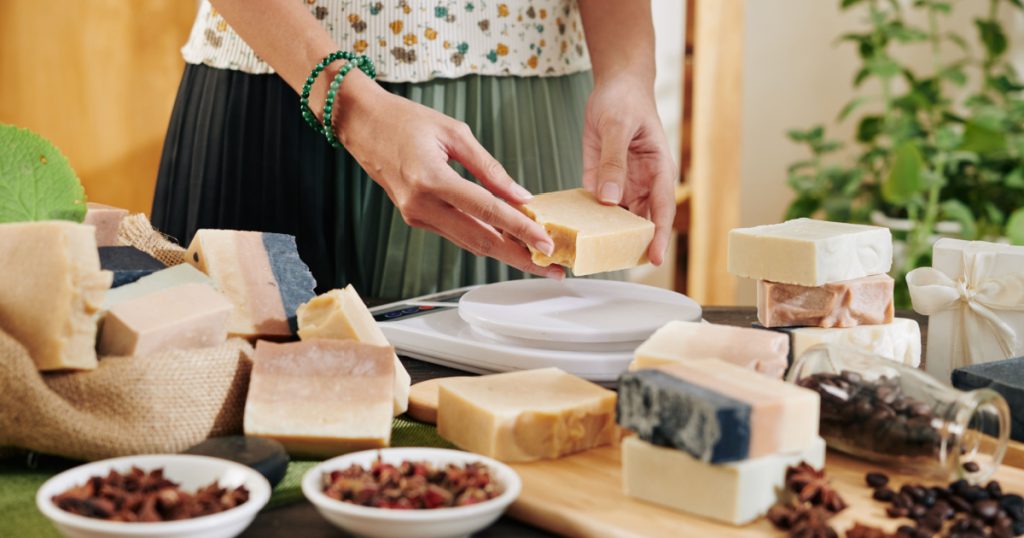
Soap-making has a long history, once considered a routine “housewifely” task in the days before commercial soaps were readily available at grocery stores. However, times have indeed changed for these lost skills. In today’s world, not only can you buy handmade soaps at your local grocery store.
But there is also a growing appreciation for the art of crafting soap by hand as a hobby and artisanal work. This revival of handmade soap-making reflects a desire for unique, natural, and personalized cleansing products, merging traditional skills with modern choices for quality and individuality.
18. Bee Keeping
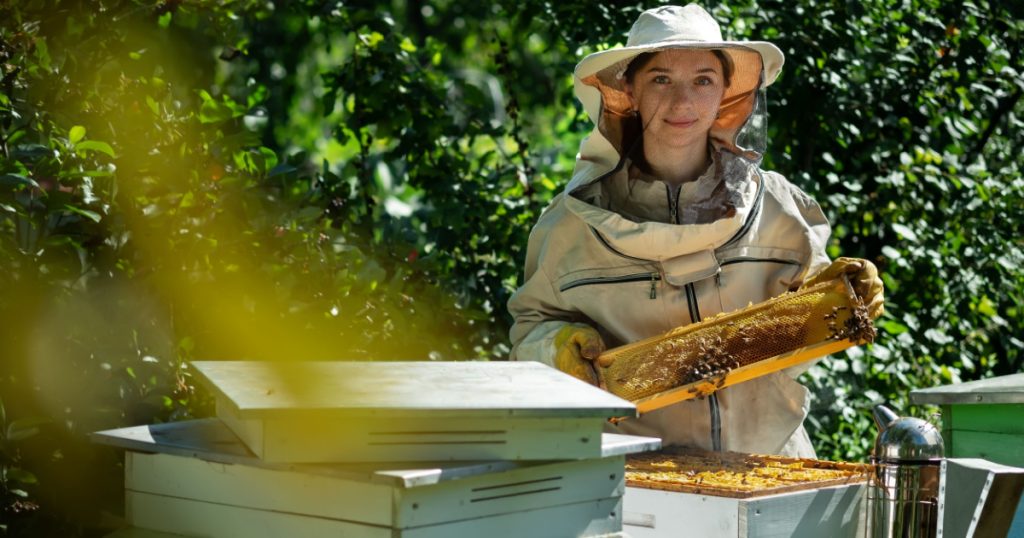
Beekeeping has recently experienced a notable revival, even in urban areas like Los Angeles and New York City. People are drawn to beekeeping for a variety of reasons. Some are eager to harvest their honey, savoring their labor’s sweet rewards.
Others are inspired by a sense of environmental responsibility, realizing that bee colonies play a crucial role in farming production and aiming to donate to their preservation. This renewed interest in beekeeping highlights a growing grasp of bees’ vital role in our ecosystem and the importance of sustainable practices in urban and rural scenes.
19. Foraging

Foraging, the age-old practice of finding and gathering wild food sources in one’s own natural surroundings is experiencing a revival in popularity. In an era when many seek ways to connect more closely with nature and embrace sustainable lifestyles, foraging offers an opportunity to appreciate the natural bounty of edible plants and fungi that the environment provides. This revival of foraging is a means of accessing fresh and locally sourced food and a way to reconnect with the natural world and its ample offerings.
20. Gardening and growing your own food
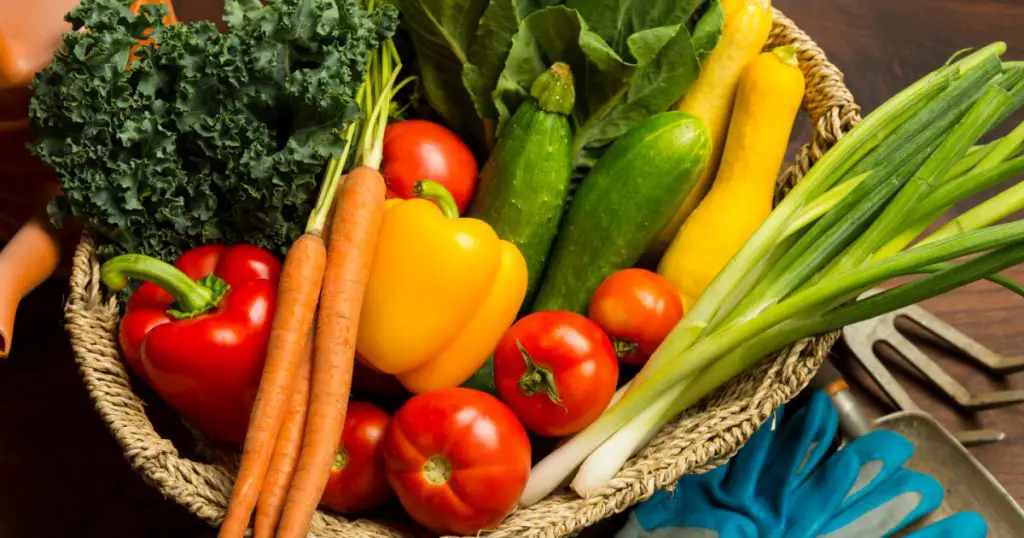
More and more people want to know where their food comes from and what’s in it. That’s why growing your own food and community gardens are among the life skills that are making a big comeback. The revival of interest in growing one’s food is evident in the United States. Statistics show that one in three homes is now engaged in food cultivation.
This represents a significant upsurge in participation and spending levels, marking a return to practices not seen at such levels in decades. Notably, the most notable increases are marked among millennials aged 18 to 34, echoing a generational shift toward greater self-sufficiency and a desire to know precisely where their food comes from.
Keep Reading: 16 Moments in Internet History That Will Never Be Forgotten
Sources
- “30 Old School Life Skills That are Making a Comeback.” Family Handyman. D.G. Sciortino. September 23, 2023
- “11 Life Skills That Are Now Completely Obsolete.” WiseBread. Mikey Rox.

